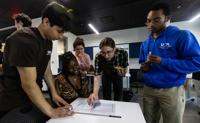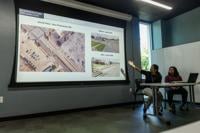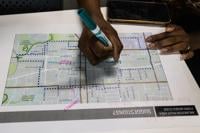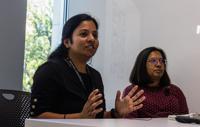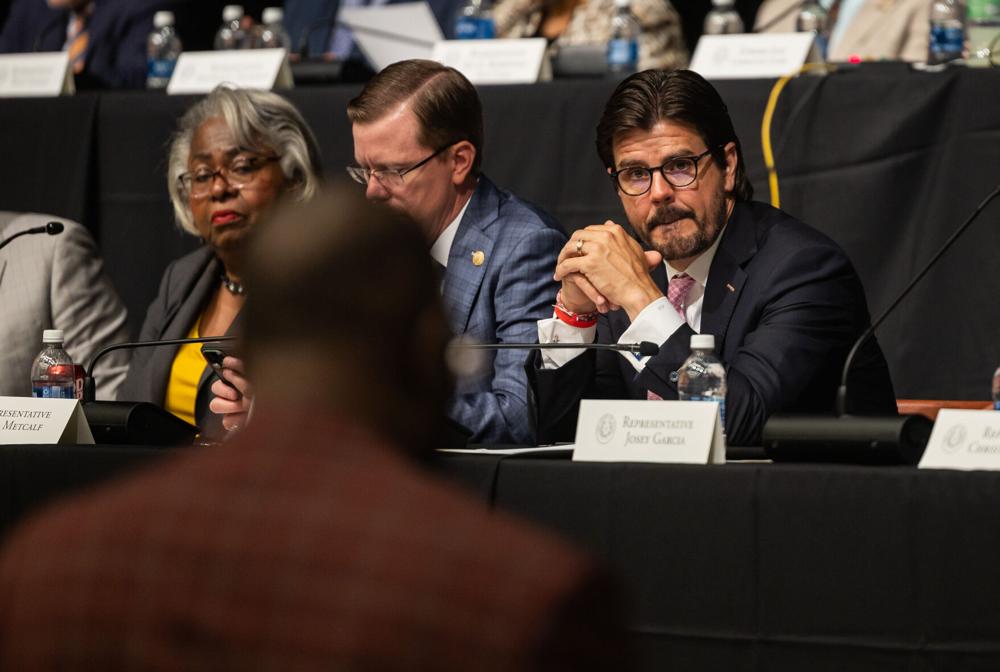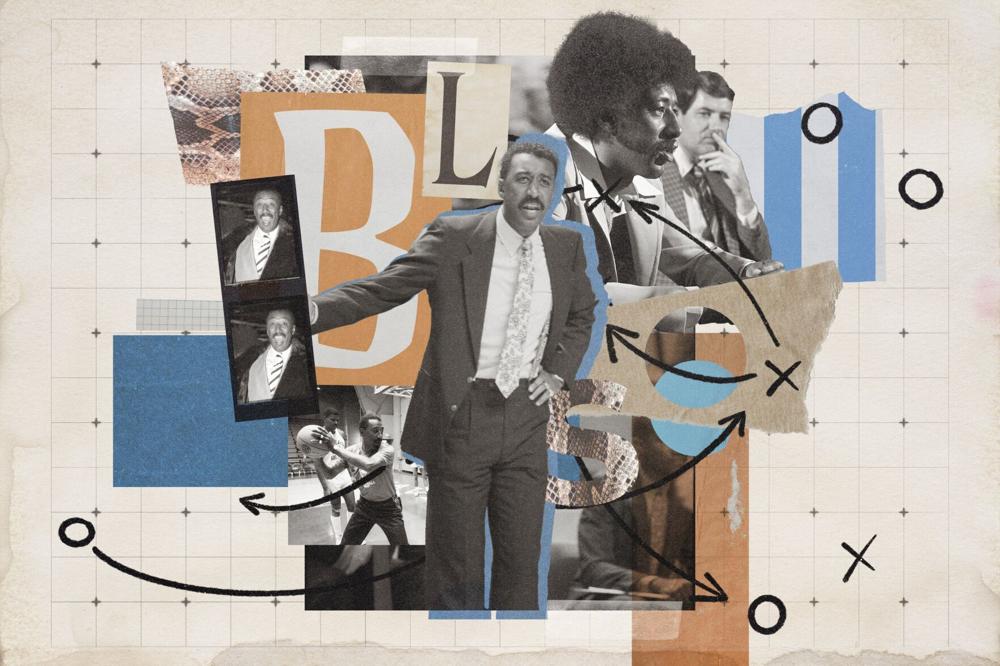
The City of Arlington and Walkable Arlington discussed the city’s form-based code changes Tuesday at the Central Library.
During the Q&A, the speakers touched on zoning codes, how to connect UTA to Arlington’s Entertainment District and updating the city’s bike network system.
Form-based code, unlike traditional zoning methods, focuses on the physical form of buildings and public spaces, not the land usage. It emphasizes how buildings interact with streets, sidewalks and public spaces.

Principal planner Tharani Devi Palma said there are different types of zoning known as “land uses.” The form-based code will not be about the uses but about the look of the building.
Palma said an example of a form-based code can be seen with infrastructure improvements like traffic lighting and a designated pedestrian walkway.
“The vision here is to create a more walkable and pedestrian-friendly environment,” she said.

Jay Narayana, consultant project manager at Livable Plans and Codes, said in order to improve the bike network, bikes should have dedicated right of ways. They’ve looked into implementing “shared streets,” where pedestrians, bikes and cars all share the right of way, as seen in Europe.
“We’re looking at some of those ideas, not on the main corridors but at least where you can actually take advantage of future redevelopment,” she said.
Software engineering sophomore Liam Crowley said he believes in the power of UTA students’ involvement in Arlington’s development and said their presence in community planning meetings can help shape the city’s future.

“Arlington has good bones and a lot of good potential and good plans, I want to see those plans realized,” he said. “I think Arlington is currently not a great place for cycling and for walkability, but it could be a lot worse, and I think we have good momentum.”
Walkable Arlington President Hyacinth Szabó said they envision an affordable and pedestrian-friendly university.
“We share a vision for what the City of Arlington should be like,” Szabó said. “We all care about sustainability, we all care about safety.”








